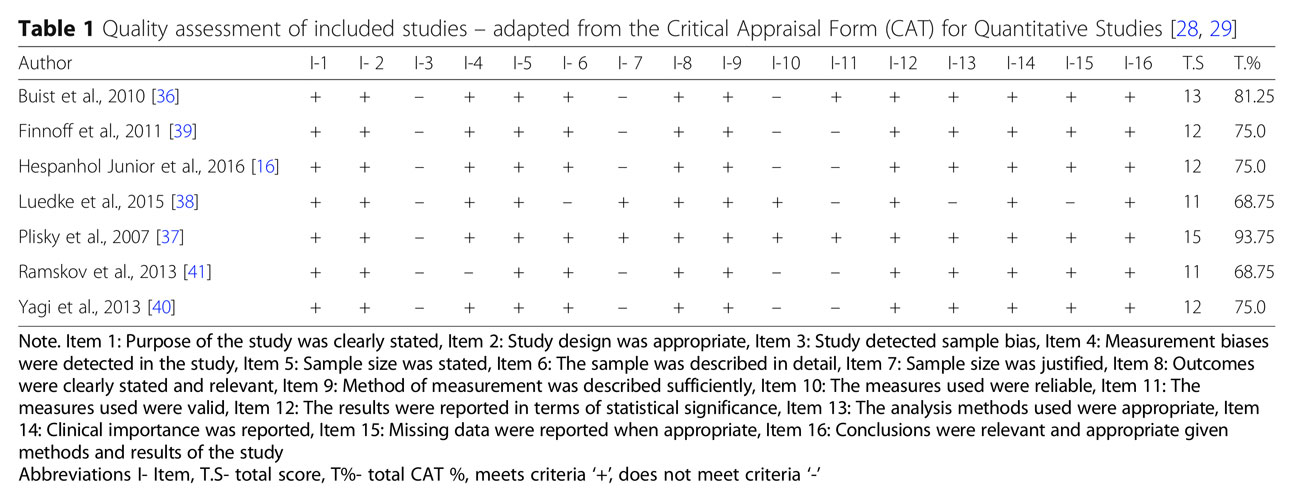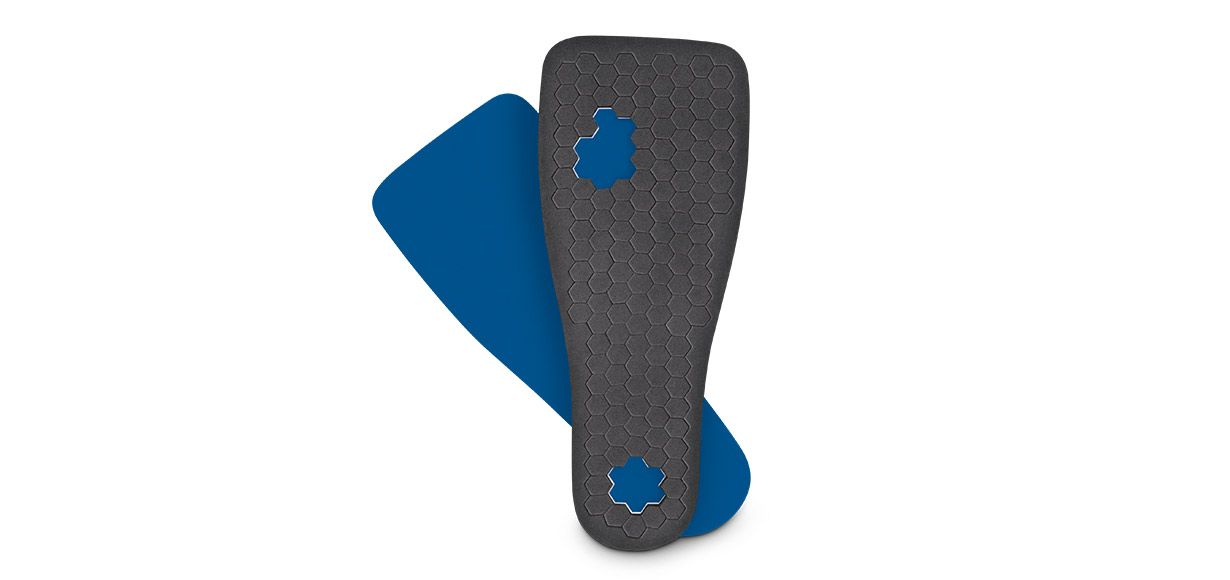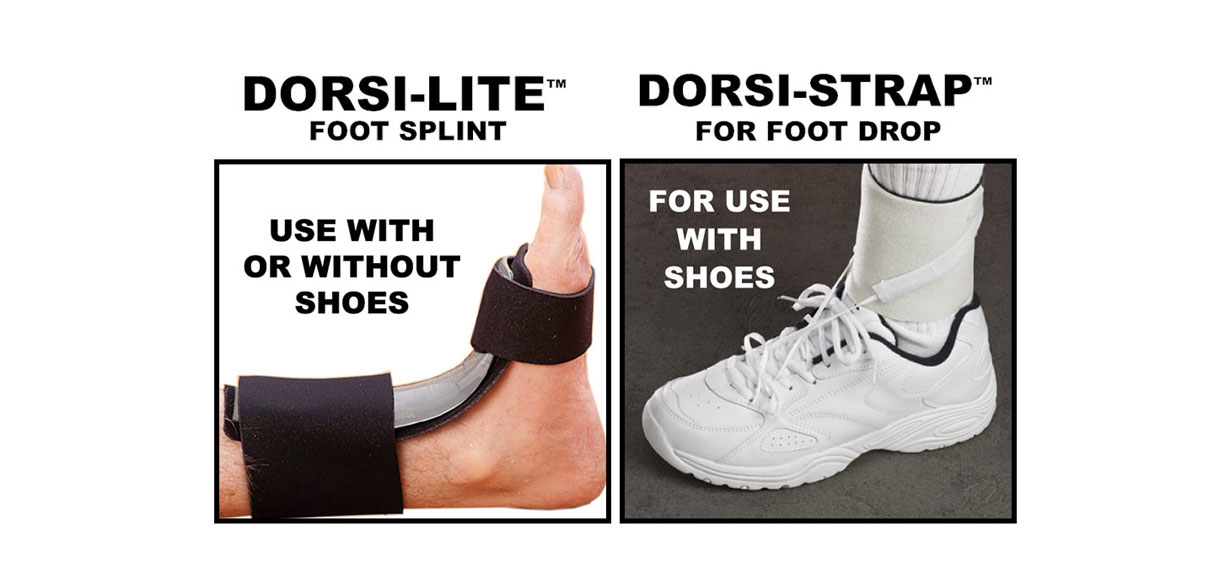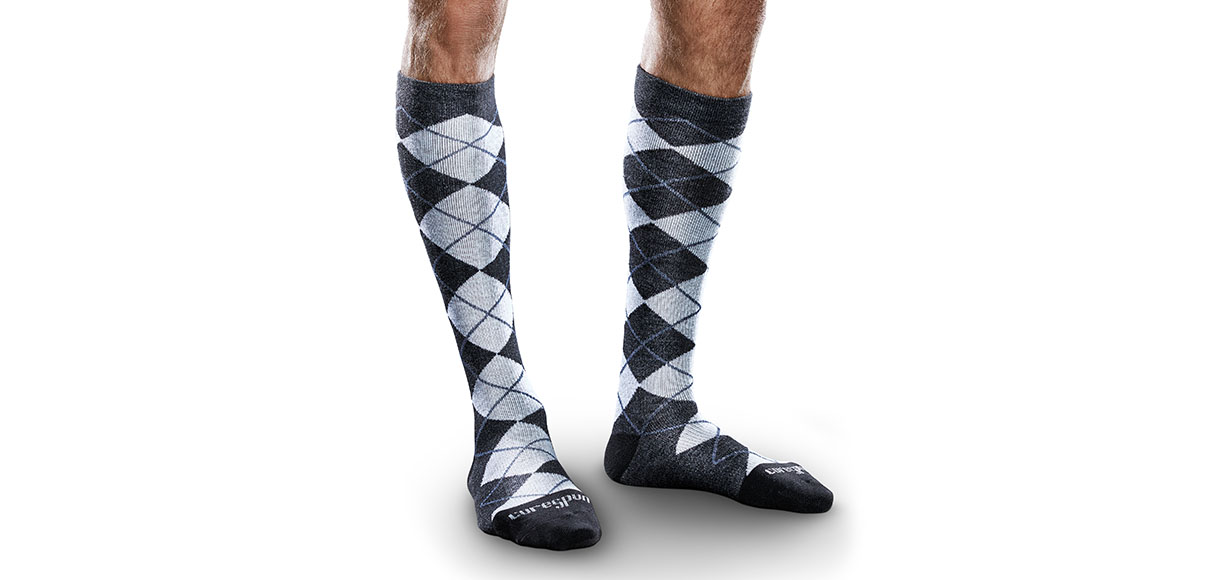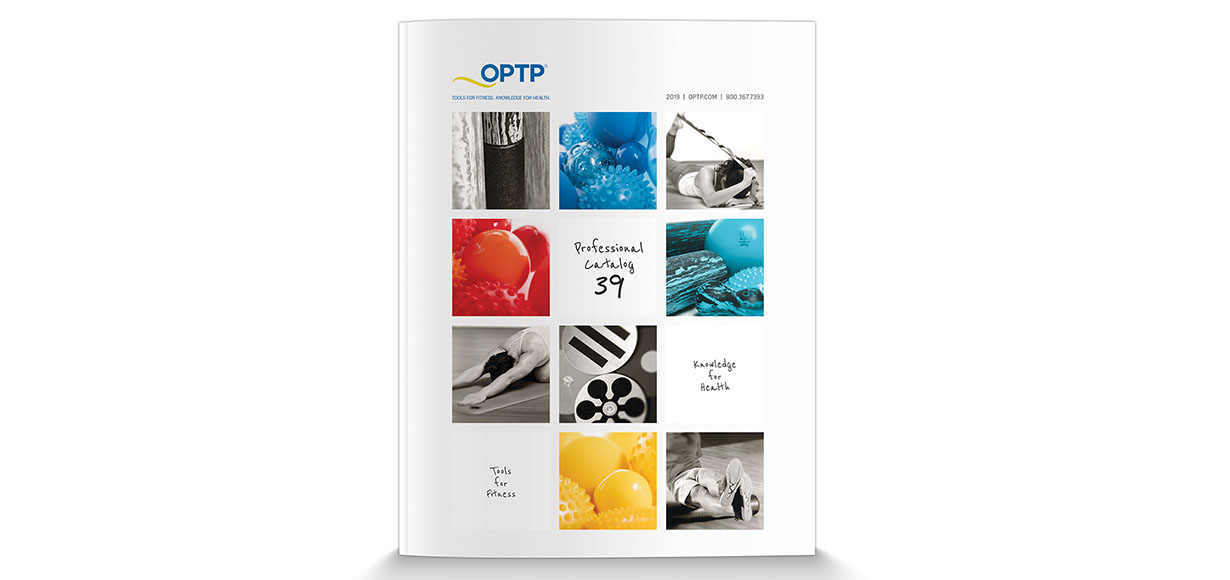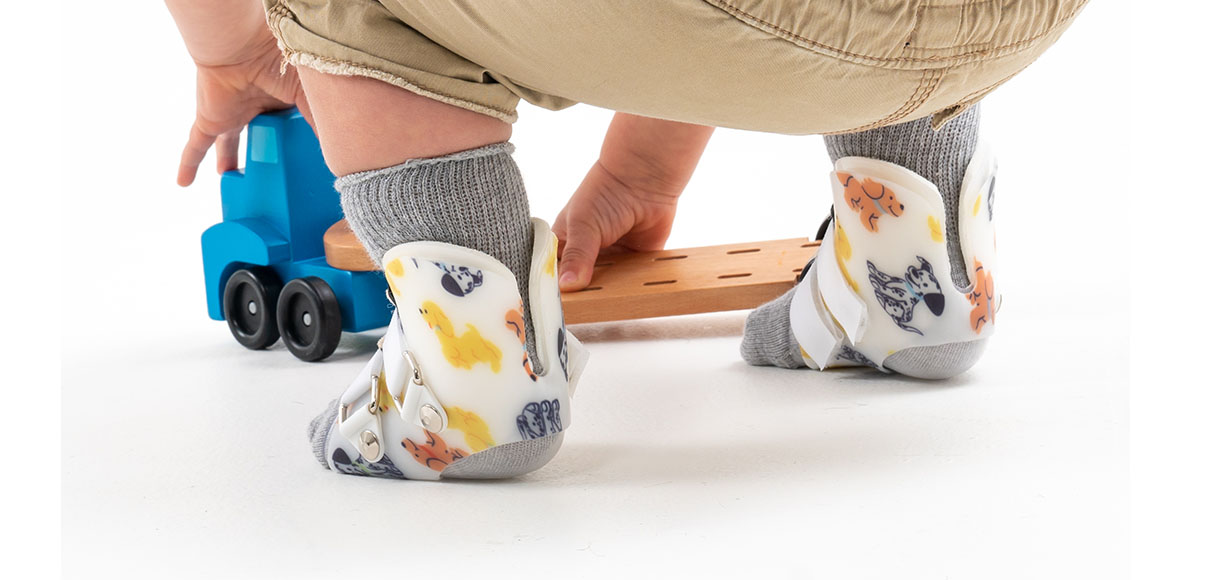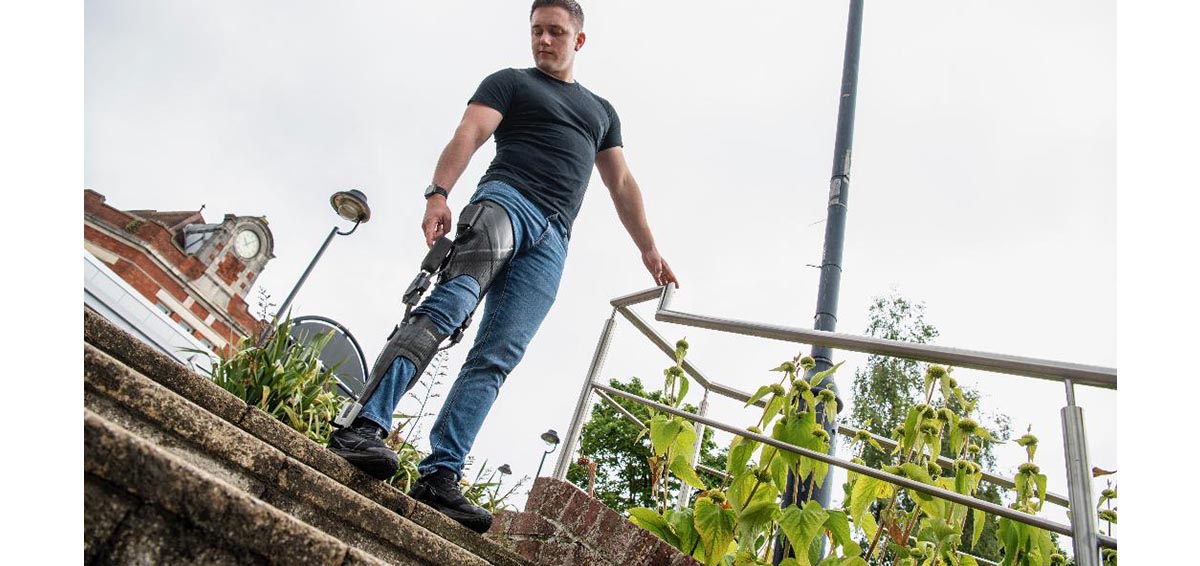Strategies for preventing running-related injury are lacking. These authors examine the evidence supporting use of musculoskeletal clinical assessments to predict runners at risk. Injury in runners is common, affecting 19.4 to 94.4% of runners annually.
By Shefali M. Christopher, Jeremy McCullough, Suzanne J. Snodgrass, and Chad Cook

